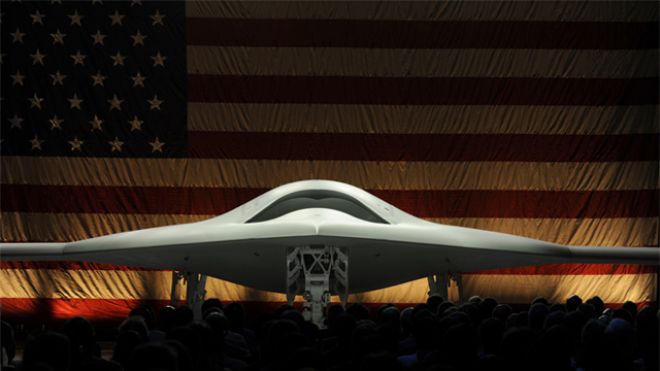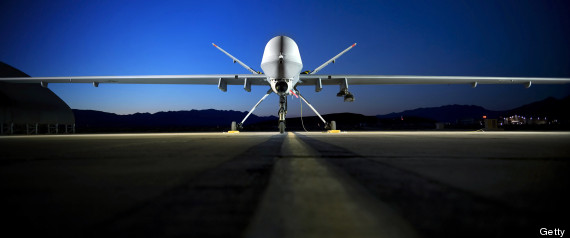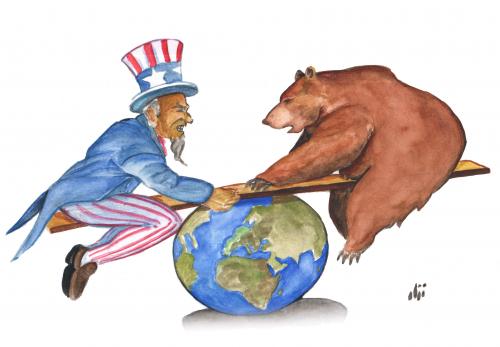The rapid evolution of technology in the 20th century has changed the nature of warfare as we know it. Planes, submarines and armored vehicles are the face of modern warfare, yet as the 21st century progresses, it seems that military arsenals are in for another revolution. The Iraq and Afghanistan conflicts, have changed the nature of war, no longer are two giant hordes facing off on an open field of battle. Urban combat and guerilla warfare have replaced wars of attrition as the standard scenario. As a result western military forces have been adapting their arsenals and combat strategies with a stronger focus on agile and unmanned combat vehicles.
Since World War 2, urban combat has slowly evolved to be the normative battlefield of the 21st century. It particularly favors agile and mobile troops with a heavy focus on close quarter combat, all aspects that disfavor the use of heavy armor. The evolution of the battlefield thus devalues the use of tanks, making them less viable for army compositions. Since cities around the globe are expanding and there is a general trend towards urbanization in both industrial and developing nations, the age of tanks could be over for good. Combat drones like UGVs(unmanned ground vehicles) are promising replacements in tight urban environment, where conventional heavy armor is too clunky. The IDF has successfully deployed Guardium, an unmanned combat vehicle, which patrols the Gaza Strip border to deter incoming terrorist infantry. Units like Guardium are not just more mobile than conventional vehicles; they are also controlled by an operator sitting miles away from the action. According to Israeli military experts, the Guardium fulfills roles of force protection, combat support, combat logistics support, convoy security and more.
The war in Afghanistan foreshadows a scenario in which drones supersede heavy armor as the main infantry support. In 2010 the US army commissioned the first combat use of M1 Abrams battle tanks in Afghanistan, nine years after the start of the war. In comparison Drones have seen extensive use in reconnaissance and combat missions since the start of the war on terror with over 420 drone strikes against islamist terrorists in Pakistan alone. Drones prove more reliable when targeting high value targets in the mountainous regions of Afghanistan and Pakistan, where heavy tanks have no access. Another factor is the use of more sophisticated launchers by infantry squads. In Syria rebels of the Syrian free army and others have been able to consistently repel regime-loyal tank forces with anti-tank missiles such as the Javelin, in urban engagements. The Russian army made similar negative experiences with Tanks in an urban setting, during the battle of Grozny in the Chechen war, where Chechen hunter-killer teams destroyed hundreds of heavy armor maneuvering through tight street corridors. Assessing these negative experiences with tanks in city warfare, highlight UGV’s as a favorable option for urban infantry support.
In the 21st century, the use of Drones for military operations is not limited to state actors. During operation protective edge in Gaza 2014, the IDF shot down a Hamas controlled reconnaissance drone. Iran has successfully integrated drones into its standing military as part of their fight against ISIS in Iraq and supplies its ally’s Hezbollah in Lebanon with UAVs. As drones become cheaper, easier to mass produce and more versatile, they will be an integral part of armies ranging from peacekeeping forces to paramilitary militias. This will further pressure current militaries who do not have drones in their arsenal, to either adapt or fall behind.
The rapid advance of technology and the shift towards an urban combat scenario favor maneuverable vehicles over heavy armor. Designs like the Guardium are promising UGVs that could change the face of modern warfare. With China, Russia and Iran investing heavily into drone technology, current could turn into robotic battlegrounds.







